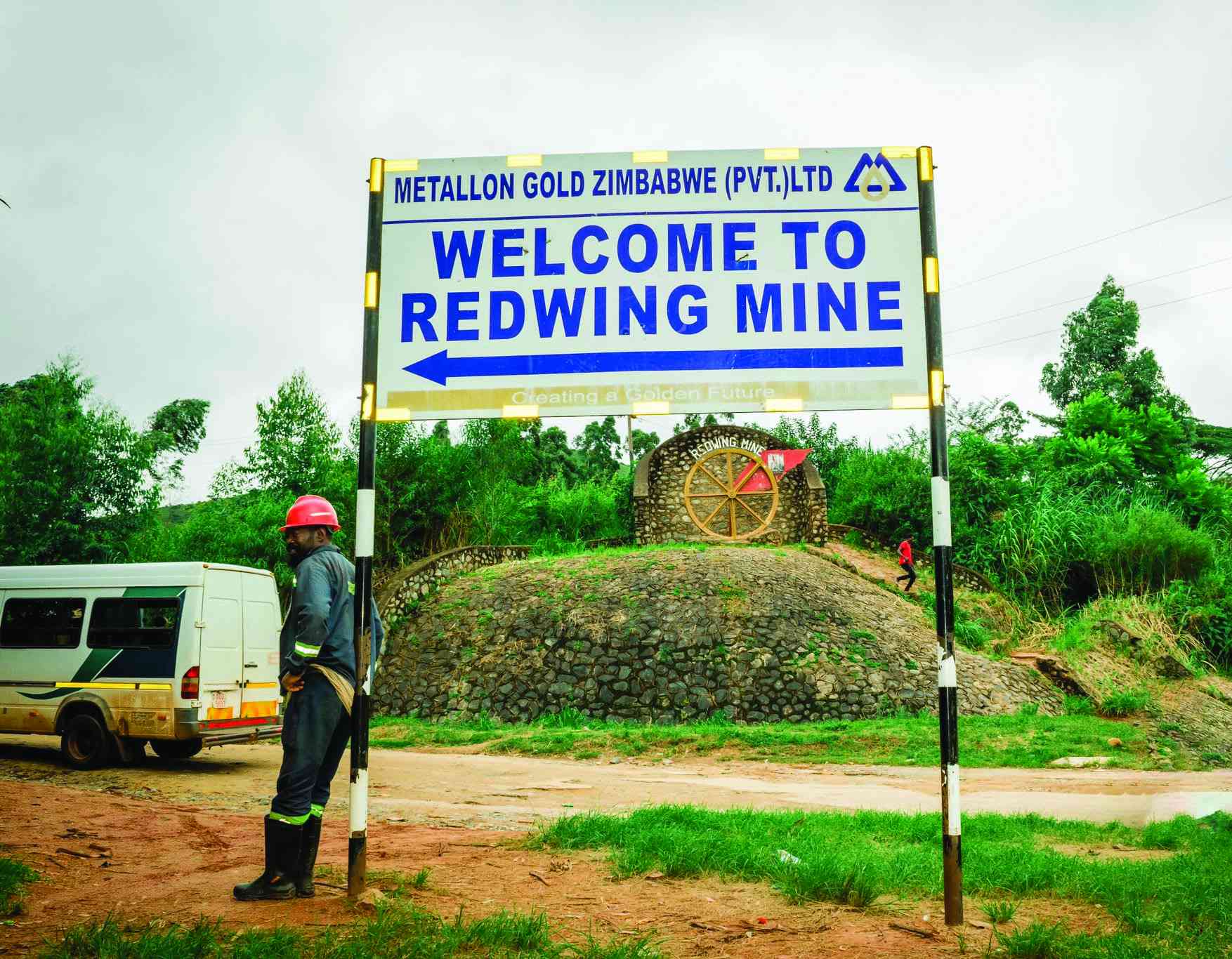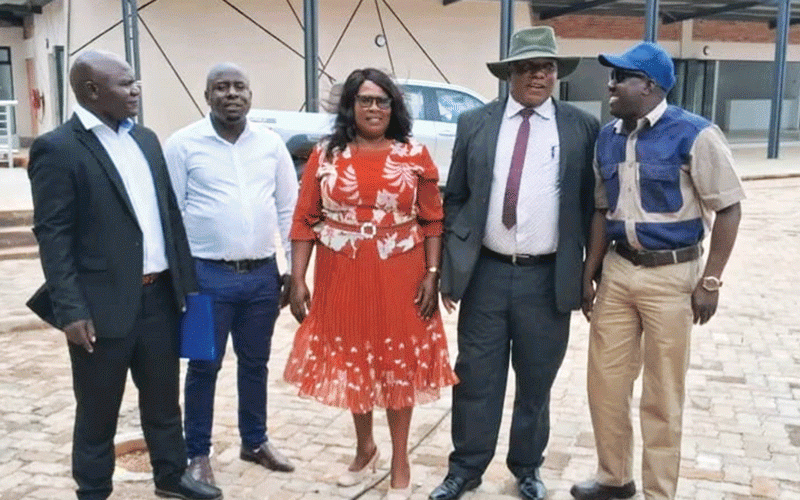
THE protracted plunder of gold in the country’s mineral rich eastern districts has flourished through back-up from corrupt moles in strategic government agencies acting as spies for “notorious” cartels, a new investigation showed this week.
In a paper titled “Is the Government Shielding Criminal Mining Syndicates from Accountability in Penhalonga?” the Centre for Research and Development (CRD) said planned raids to fish out smuggling kingpins had flopped along the decimated Mutare River because they were being tipped off to flee by their moles.
The paper said acting on supplied information, syndicates moved equipment to hideouts before security agencies raided, only trooping back once signals to return were received.
It is a “cat and mouse game” estimated to have cost the eastern districts over US$554 million during a period spanning four years, according to the report.
It queried government’s lack of action and named known ruling Zanu PF activists among those at the heart of self-enrichment schemes.
Zanu PF has denied knowledge of such pillage by its supporters.
Flashpoints for the illegal mining and illicit trade include Redwing in Penhalonga, which became an epicentre after a South African tycoon who held title to the goldfields pulled back in 2020, opening the floodgates for unrestrained corruption.
“The CRD is deeply concerned that recurrent state security operations in Mutare River have been sparing criminal gold mining syndicates from arrest and accountability,” CRD said in the paper, which was published last week.
- Corruption Watch: Get scared, 2023 is coming
- Corruption Watch: Get scared, 2023 is coming
- Letters: Ensuring Africa’s food security through availability of quality seeds
- Is military's involvement in politics compatible with democracy?
Keep Reading
“A day before another operation to flush out illegal mining syndicates started on 8 October 2024, CRD observed the main culprits hurriedly removing their excavators from Mutare River. Police sources indicated that the culprits knew about the impending operations ahead.
Center for Research and Development director James Mupfumi, stated that even after the responsible mining audit initiative was started, illegal mining operations were still occurring under government watch.
"Last year President Mnangagwa launched the Responsible Mining Audit Initiative where he declared that government will not tolerate mining that is not compliant to laws of the land, but worst mining practices are continuing under government watch," he said.
These syndicates, responsible for mineral plunder, tax evasion, community infrastructural damage, and irreversible destruction of the Mutare River channel and riverine ecosystem comprise well-known politicians and servicemen. They are colluding with…miners notorious for gold smuggling,” CRD noted.
But the region — which hit the headlines about 20 years ago over the looting of diamonds — has paid through the destructive power of illegal mining syndicates, according to CRD, which warned of terrible consequences as the rainfall season begins.
Mountains of mined overburden soil extracted from the riverbank had blocked water flow in the diverted Mutare River channel, it said.
But officials at one regulator were said to have confided in CRD that pressures were being brought to bear from “high offices” to spare some looters.
CRD said siltation along Mutare River had reached alarming proportions, amid fears Mutare Bridge could collapse as the mayhem deepens.
“As the rainy season approaches, CRD is deeply concerned that residents of Penhalonga's low (lying) residential areas risk losing their lives and properties to potential river flooding,” the report said.
“The syndicates have also left huge unsecured pits with stagnant water exposing the local community to drowning and malaria-breeding mosquitoes,” it added.
Riverbed mining has continued in Zimbabwe despite a ban announced on August 21, which had carried the hopes of a nation already losing US$1,8 billion of gold to smuggling annually.
“Since porous mining activities started at Redwing Mine in October 2020, Zimbabwe has lost an average of US$554 million of potential revenues to illicit trade,” the report said.
According to the report, illegal hammer mills and cyanidation tanks had increased.
“Illegal hammer mills and cyanidation tanks have sprouted along rivers, communal lands, farming and residential areas in Penhalonga and surrounding communities. These gold processing plants have increased from 532 hammer mills and 21 cyanidation sites in January 2023 to 28 cyanidation sites and 860 illegal hammer mills this year,” it said.
The report revealed that the surge in gold prices on the international markets, from US$55 to US$88 per gramme, translated to Penhalonga losing approximately US$158 million annually in potential revenue contributions to the fiscus due to leakages and illicit trade.
Additionally, the document exposed gross manipulation of political power by elite individuals.
“Penhalonga presents another classical case of manipulation of political power by political elites to sustain gold illicit trade for self-enrichment. The net effect on citizens has been revenue loss affecting citizens' constitutional rights to attain basic human rights standards and sustainable development,” the report said.
Contacted for comment, Farai Maguwu, executive director of the Centre for Natural Resource Governance said the value of spirited gold could be higher than what was reported.
“That is a conservative estimate based on interviews we did with some runners,” he said.






